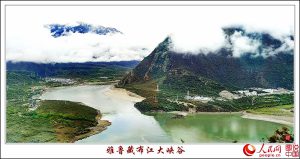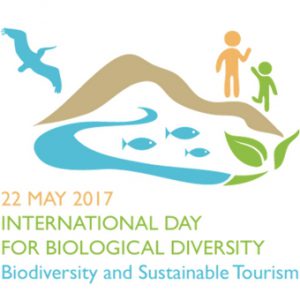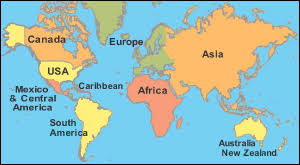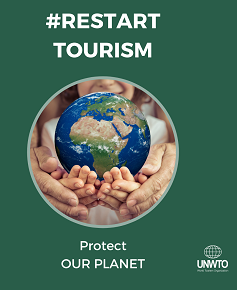CITES Secretariat welcomes Operation Cobra II results
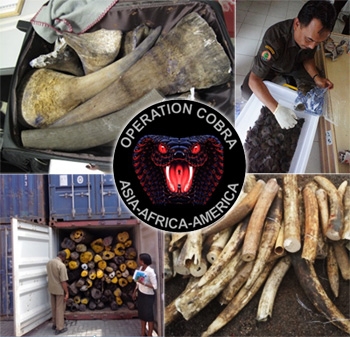
Geneva- The CITES Secretary-General, Mr John E. Scanlon, welcomed the excellent results achieved by law enforcement officers from 28 countries during Operation COBRA II, a month-long global operation to combat illegal wildlife trade, which ended on 27 January 2014.
“This second Operation COBRA initiative shows what can be achieved when law enforcement authorities across range, transit and destination States work together in a coordinated manner. It also serves to highlight that intelligence-led operations are essential in the fight against transnational organized wildlife crime,” said Mr Scanlon.
Operation COBRA II was organized by the Lusaka Agreement Task Force (LATF), China, the United States of America, South Africa, the Association of South East Asia Nations Wildlife Enforcement Network (ASEAN-WEN) and the South Asia Wildlife Enforcement Network (SAWEN), and was coordinated by International Coordination Teams located in Nairobi and Bangkok. The operation focused on key species that are subject to illegal trade, and resulted in a large number of arrests and the seizure of specimens from cheetah, elephant, rhinoceros, pangolin, leopard, rosewood, snake, tiger and turtle, among others.
The International Consortium on Combatting Wildlife Crime (ICCWC) delivered a two-day training workshop to officers and representatives from wildlife enforcement networks that participated in Operation COBRA II, prior the operational phase of the operation. T
Police, Customs and wildlife officers from Botswana, Brunei-Darussalam, Burundi, Cambodia, China including Hong Kong SAR, Congo, Ethiopia, Ghana, India, Indonesia, Kenya, Lao People’s Democratic Republic, Liberia, Malawi, Malaysia, Mozambique, Myanmar, Nepal, Philippines, Singapore, South Africa, Thailand, Uganda, United Republic of Tanzania, United States of America, Viet Nam, Zambia andZimbabwe participated in the operation according to CITES.



